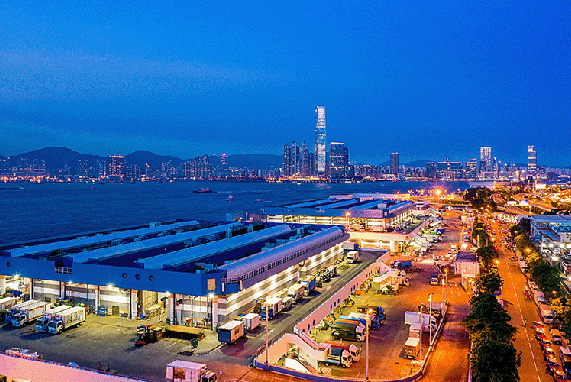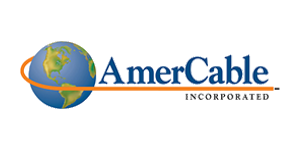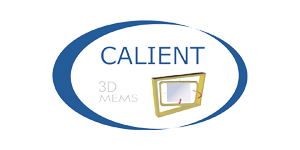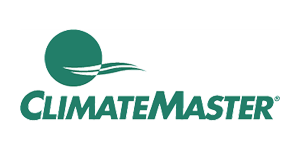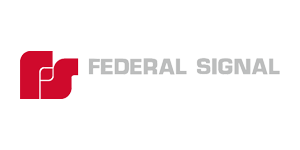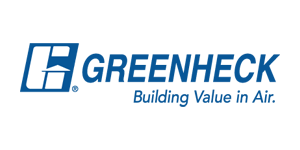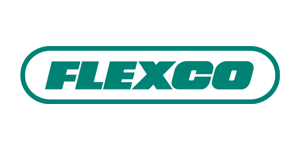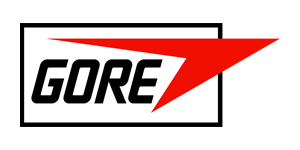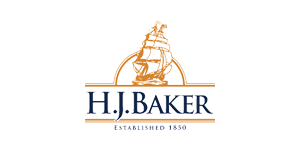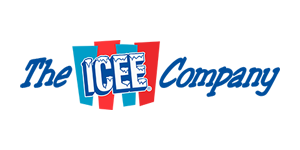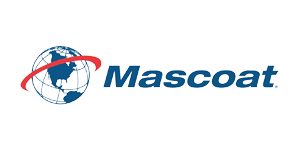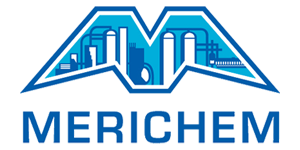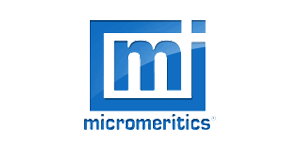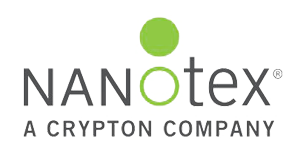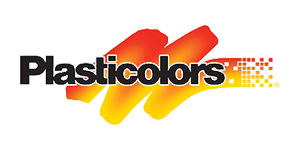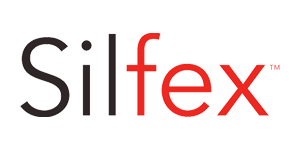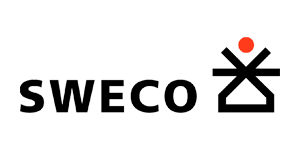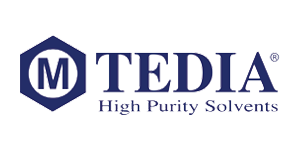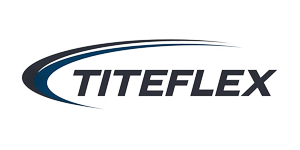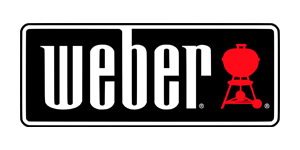The first example was a very successful US-based manufacturer of electronic equipment selling into industrial markets and was established in China since the early 2000s. In addition to manufacturing, they had developed a sourcing office there, and they were sourcing components for their US factories. They had a strong operation with a strong domestic market, growing steadily, and were satisfied with the performance of their operations.
We were engaged a few years ago to initiate a search for suppliers in Mexico after the introduction of the tariffs in China. They also experienced logistics challenges, increased cost and transit times, problems with container availability, along with becoming increasingly concerned about the political situation between China and the US.
The company was looking forward into the future and had some concerns, particularly where their marketplace was somewhat of a high-tech product, were concerned about China’s 2025 policies and the potential for the loss of intellectual property and the loss of control of production.
We provided the company with options for suppliers Mexico to be closer to their clients in the US and North America and visited the top candidates.

